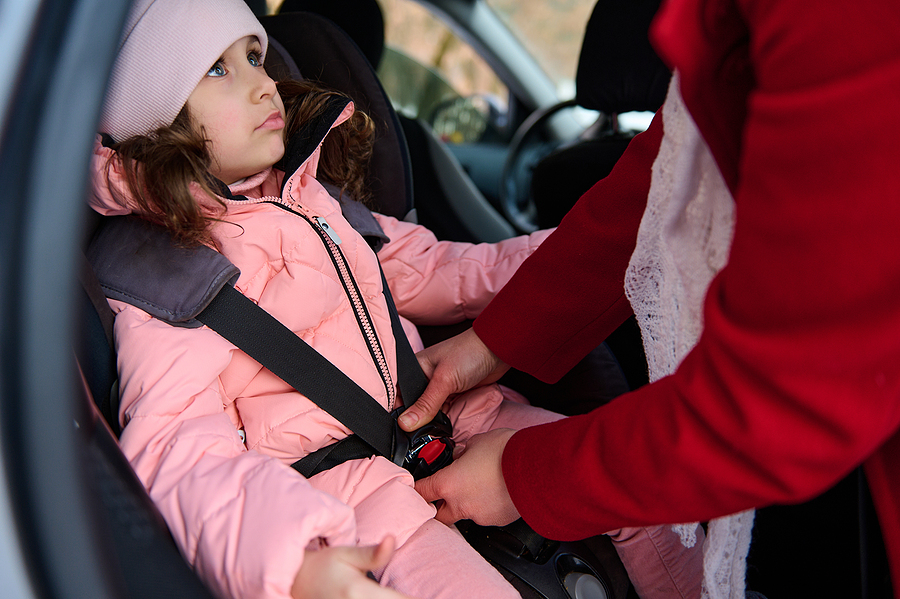
Car seats are designed to protect children of all ages in the event of an accident, so they’re an essential part of any family’s safety. Using them – and using them properly is also the law.
A car seat is the only way to protect your child from injury or death in a crash. You should always use a car seat for infants and children up to age 8 or 80 pounds, depending on the state you live in.
Car seats are required by law for children riding in pickup trucks, vans, and SUVs. Children who are not buckled up are at greater risk of injury or death than those who wear their safety belts properly (even when they’re belted). Booster seats keep your child safe until they can fit into adult-sized seat belts.
Here are some tips for making sure that you’re doing everything you can to keep your baby or toddler safe:
Keep your child in the car seat as long as she fits in it.
Your child should be in a car seat until they are at least four years old. Some children are ready to move out of their car seats earlier than others, but you should always get the rules and regulations for your child to stay in their car seat until it’s time for her to move on.
If you have a child with special needs, they may need to stay in their car seat longer because some conditions make it more difficult for them to learn how to sit upright when riding in vehicles without an appropriate restraint system.
Keep kids in the back seat until they’re 13.
The back seat is by far the safest place for children to sit, according to the National Highway Traffic Safety Administration (NHTSA). In fact, they recommend keeping kids in the back until they’re 13 years old. The front seat is actually one of the most dangerous places a child can be because it’s where most accidents happen.
Use the right car seat for your child’s age and size.
Not just any car seat will do. Infant seats are for infants they are used up until a certain size and weight and must be securely strapped in at all times. Rear-facing seats are how babies and toddlers should ride in the car. Forward-facing seats should only be used by children who have outgrown their rear-facing seats. Finally, there are also booster seats which are for kids who have outgrown their forward-facing seats but still do not meet the weight requirements to sit only in the standard seat of the car.
Install the car seat correctly.
One of the first and most important steps to keeping your child safe in a car seat is installing the seat correctly. You cannot even bring a child home from the hospital when they are born without proving first that they have a secure car seat ride to get home. The manual that came with your car seat will give you detailed instructions on how to install it, so be sure to read through those instructions before you start. Fire and police departments can also sometimes assist if you request.
To ensure that it is installed correctly, be sure that there’s no more than an inch between the baby’s head and any part of their body or vehicle. There should be no gaps between the harness straps and their shoulders or hips (these gaps could allow them to slip out) and all parts should be tightly secured with either latches/clips or LATCH connectors (if necessary). Your child’s car seat harness should be snug enough that you can’t pinch it between your fingers. You should also be able to fit one finger between the harness and the collarbone. If you can fit more than one finger, it is too loose and you need to tighten the harness. Also, the chest clip should be at the armpit level, never above it or below it.
Car seats save lives, but only if you use them properly.
The good news is that car seats save lives. In fact, they’re the most effective way to protect children in a crash. That’s because they’re designed to keep children safe in a crash.
